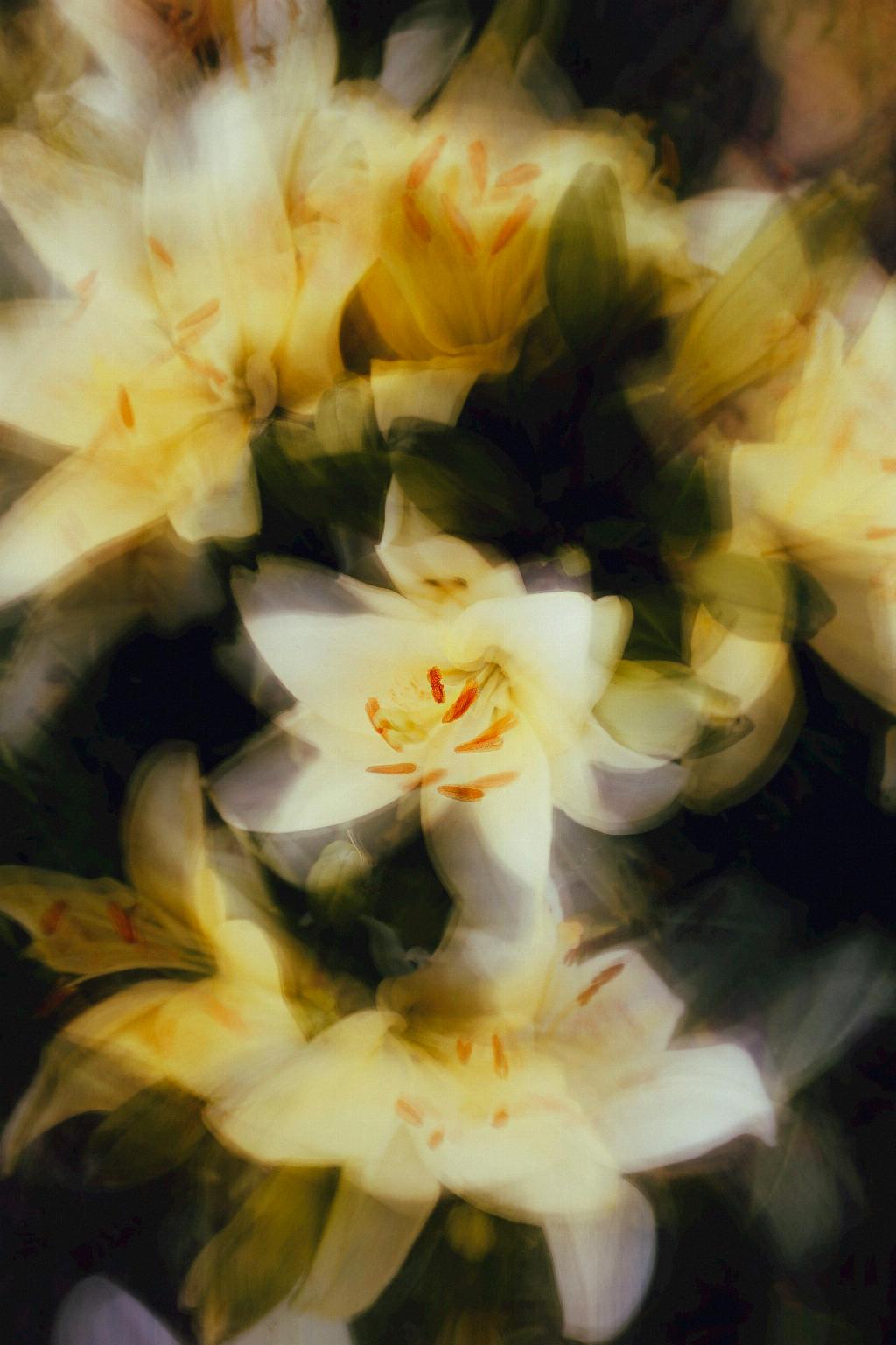When it comes to growing water lilies from seed, there are a few essential steps to follow to ensure successful germination and healthy growth of these aquatic plants. The process of growing water lilies from seed can be a rewarding experience that allows you to witness the complete lifecycle of these stunning aquatic flowers. In this article, we will discuss in detail the process of growing water lilies from seed, from sowing the seeds to transplanting the seedlings into larger containers.
1. Sowing the Seeds
The first step in growing water lilies from seed is to sow the seeds in a pan of seed compost. Make sure to submerge the pan in 2.5–5cm (1–2in) of water to provide the seeds with the moisture they need to germinate. It’s important to note that hardy water lily seeds require a minimum temperature of 13°C (55°F) for germination, while tropical water lily seeds prefer higher temperatures ranging from 23–27°C (73–81°F).
2. Providing Ideal Conditions
Ensure that the seeds are placed in a warm and sunny location to facilitate germination. Keep a close eye on the water level in the pan to prevent it from drying out. Regularly monitor the temperature to ensure that it remains within the optimal range for the specific type of water lily seeds you are germinating.
3. Germination Process
Once the seeds have been sown and provided with the necessary warmth and moisture, you can expect to see signs of germination within a few weeks. Be patient during this process, as it may take some time for the seeds to sprout and develop into seedlings.
4. Transplanting Seedlings
As the seedlings begin to grow, carefully transplant them into larger containers filled with aquatic potting soil. Gradually increase the depth of water in the containers to allow the young plants to acclimate to their aquatic environment.
5. Maintenance and Care
Provide the growing water lilies with ample sunlight and nutrients to promote healthy growth. Regularly fertilize the plants and monitor the water quality to ensure optimal conditions for their development.
6. Controlling Pests and Diseases
Keep an eye out for any signs of pests or diseases that may affect the water lilies. Employ organic methods of pest control to eliminate any harmful insects that could damage the plants.
7. Pruning and Shaping
Prune the water lilies as needed to maintain their desired shape and prevent overcrowding. Remove any dead or decaying foliage to keep the plants healthy and vibrant.
8. Propagation
Once your water lilies have matured, you may consider propagating them through division to create new plants. Carefully divide the rhizomes and replant them in suitable containers to expand your water lily collection.
9. Overwintering
During the winter months, protect your water lilies from frost by moving them to a sheltered location or covering them with a protective layer of mulch. Monitor the water level in the containers to prevent freezing and maintain the health of the plants.
10. Enjoying the Blooms
Once your water lilies have established themselves and begun to bloom, take time to appreciate their beauty and fragrance. Create a tranquil water garden setting to showcase these exquisite flowers and enhance your outdoor space.
11. Troubleshooting Common Issues
If you encounter any challenges or issues during the process of growing water lilies from seed, reach out to gardening experts or online resources for guidance. Addressing problems promptly can help ensure the success of your water lily cultivation efforts.
12. Conclusion
In conclusion, growing water lilies from seed is a fascinating and rewarding journey that requires patience, care, and attention to detail. By following the steps outlined in this article and staying vigilant in maintaining the health of the plants, you can enjoy the beauty of flourishing water lilies in your garden or pond. Embrace the process of nurturing these aquatic gems and watch them thrive in their aquatic habitat.

